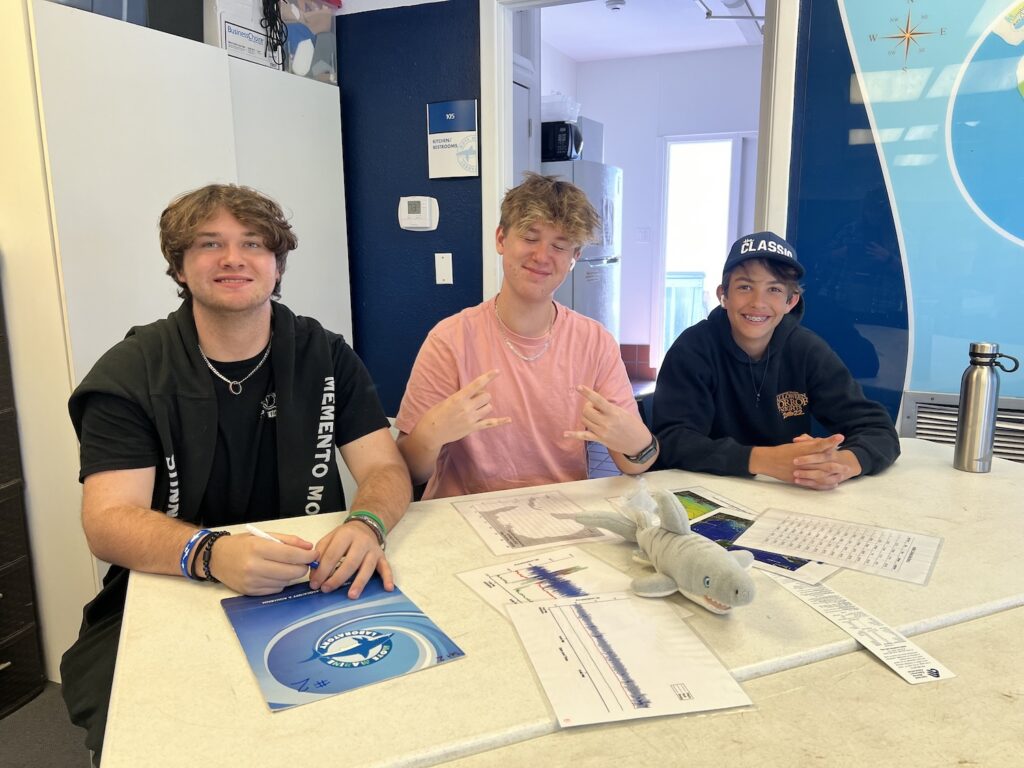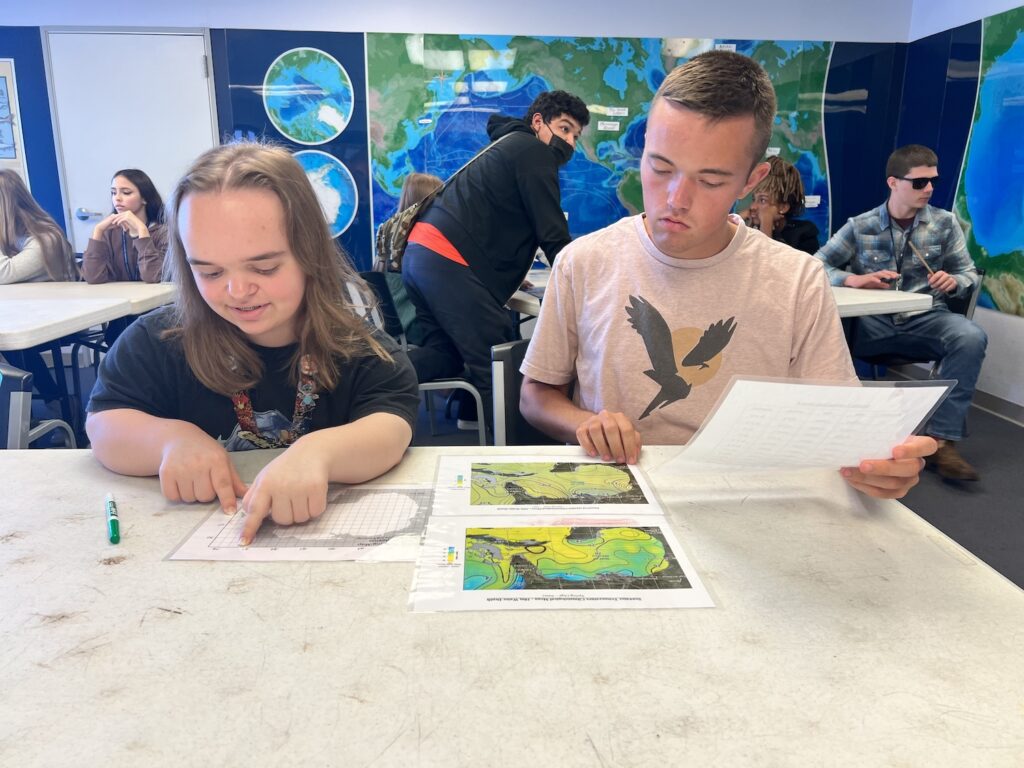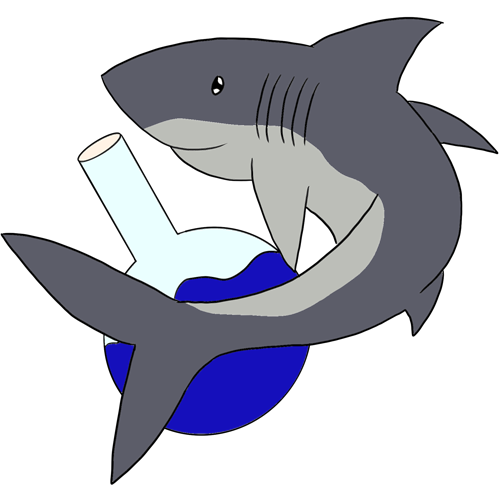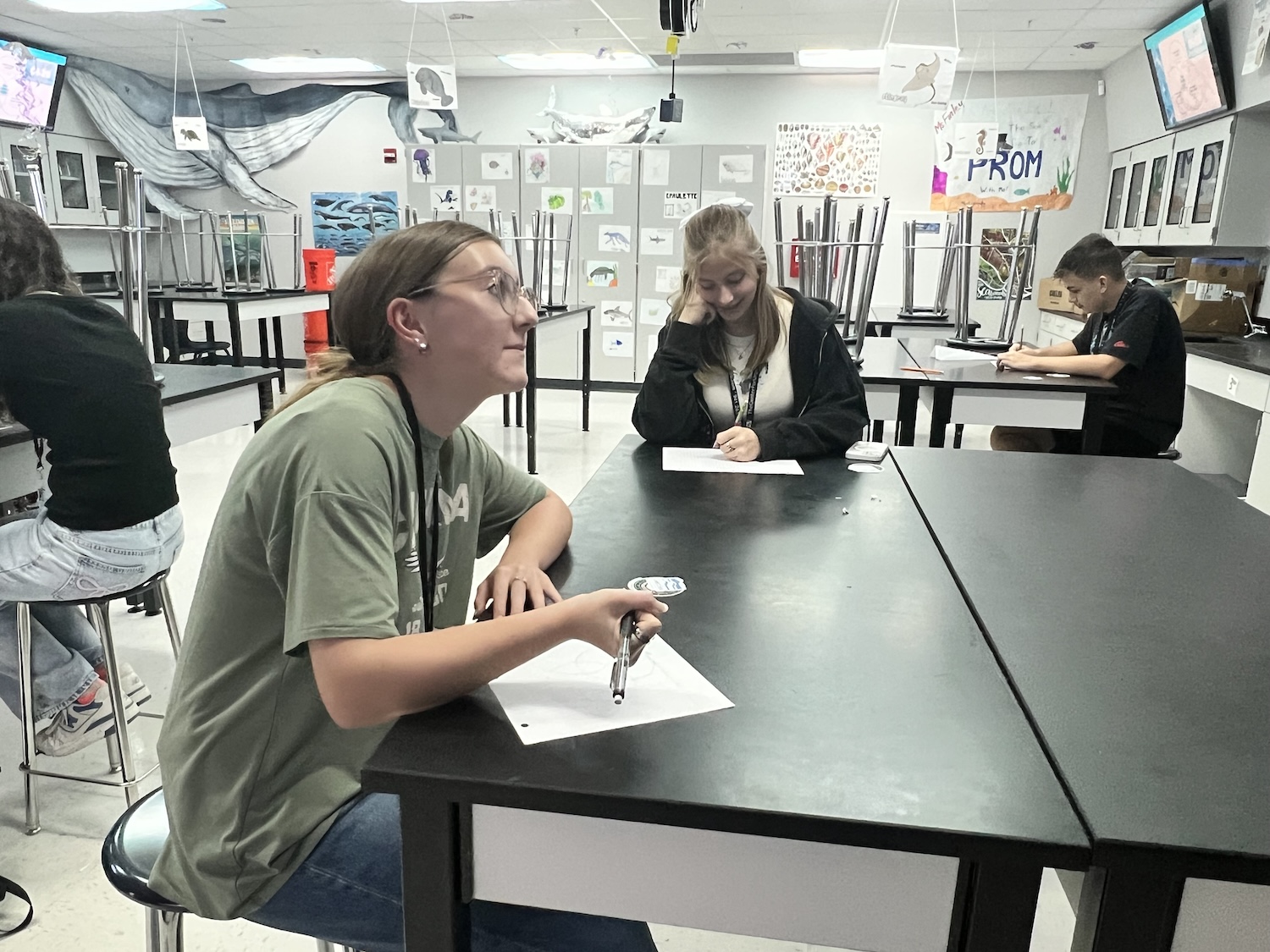Let’s be honest: even adult scientists groan a little when they see a long, data-heavy research paper. So how do we get high school students not just to read scientific literature, but actually enjoy it—and better yet, write it?
The key is real-world relevance. If we want students to take scientific writing seriously, we need to show them that it matters. Sharks, whales, and cutting-edge ocean research? That matters.
Here’s how to bring scientific papers to life in the high school classroom—without losing your students to a sea of jargon.
Step 1: Break Down a Real Scientific Paper—Together
Start by modeling how to read a scientific journal article as a class. Choose something digestible but authentic—like a study from Marine Ecology Progress Series or a publication co-authored by marine researchers from the Guy Harvey Foundation or NOAA.
The Guy Harvey Foundation offers a fantastic high school lesson plan called “How to Read a Scientific Paper,” which walks students through actual marine research step-by-step. We love pairing this with a printed article, highlighters, and some color-coded annotation prompts:
- Introduction → Highlight the big question.
- Methods → Circle unfamiliar terms and look them up.
- Results → Graph it out! Turn a data table into a bar chart.
- Discussion → Ask: What surprised you? What would you study next?
The goal here is not to understand every word—it’s to decode structure and gain confidence.

Step 2: Teach APA Citations Like a Lab Skill
Scientific writing isn’t just about what you say—it’s about how you give credit.
We make citing fun (yes, really!) by turning APA into a hands-on activity. Have students:
- Build citations from real papers using Purdue OWL, Citation Machine, Easy Bib, etc.
- Play “APA Relay,” where teams race to format references correctly.
- Analyze a sample research paper with missing citations and fill them in.
Students need to understand why citations matter. When you frame it as part of being an ethical scientist—giving credit where it’s due, supporting claims with evidence—it clicks.
Step 3: Launch a Mini Research Project (With Big Impact)
Now it’s their turn. Assign a short research paper where students choose a shark or whale species they’re curious about. The twist? They must use at least five peer-reviewed scientific papers as sources—not just websites.
Examples of guiding prompts:
- What threats face this species in its ecosystem?
- How have researchers tracked its migration or diet?
- What conservation strategies have been studied?
Students synthesize their findings into a 3–5 page paper, complete with APA citations and figures or diagrams from their source material (used responsibly, of course).
Step 4: Write It Like a Scientist
Walk students through how to format a basic scientific paper:
- Title (clear and specific)
- Abstract (one paragraph summary)
- Introduction (background + question)
- Methods/Research Summary (how they found and evaluated their sources)
- Findings (what they learned)
- Conclusion (why it matters)
- References (APA formatted)

Use peer review days where students trade papers and give feedback based on a rubric. Not only does this strengthen writing—it deepens their respect for the process of science.
Why This Works
High school students rise to the challenge when we give them real science and hold them to real expectations. Reading journal articles makes them better researchers. Writing like scientists makes them better thinkers. And grounding all of it in the marine world keeps it exciting.
So the next time someone says teenagers can’t read research papers, show them a stack of citations and a classroom full of future marine biologists.

